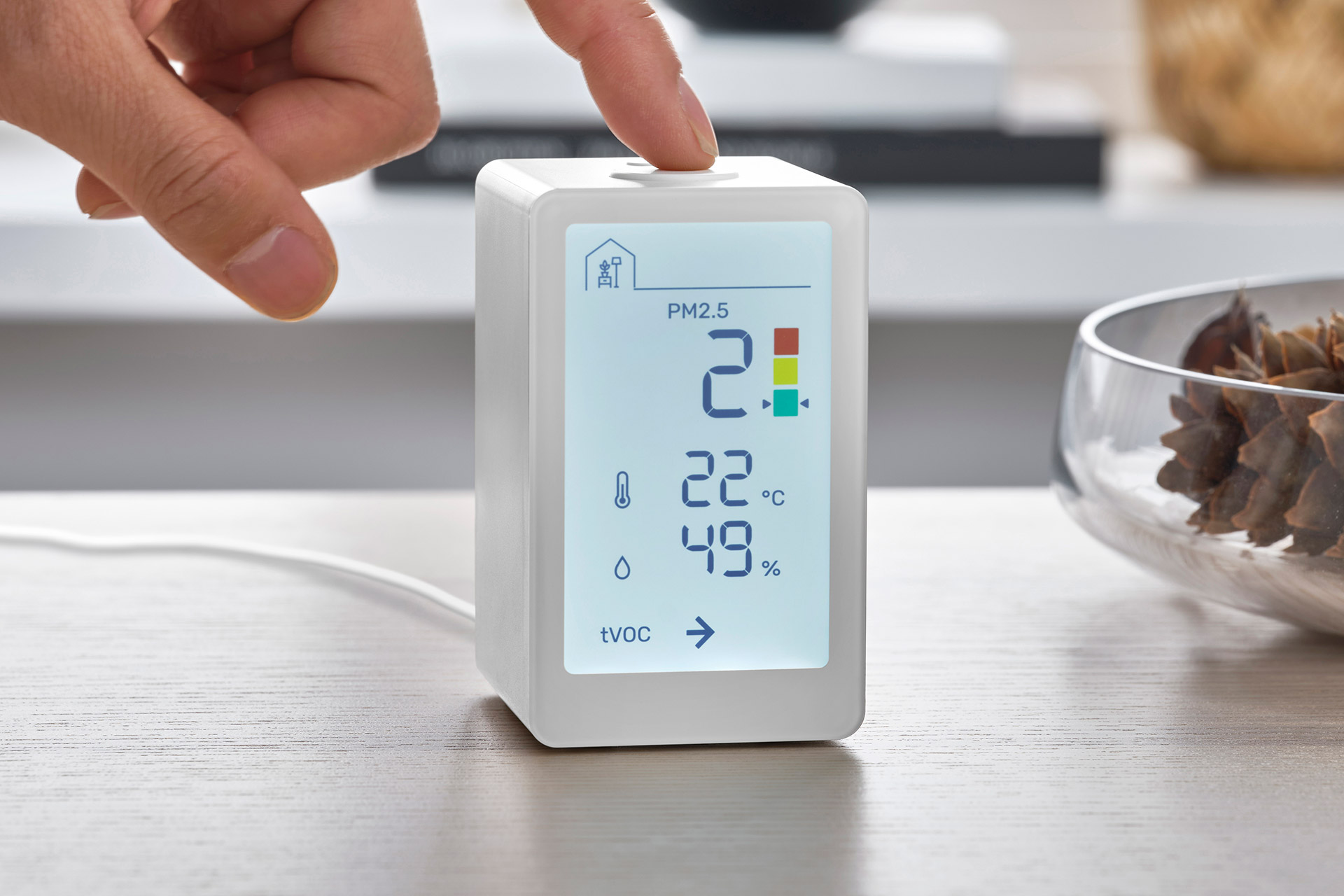Maintaining healthy indoor environments in commercial buildings is crucial; air quality sensors are key to achieving this. These sensors continuously monitor pollutants like CO2 and VOCs, providing real-time data that helps facility managers address issues promptly. Integrated with HVAC systems, these sensors ensure optimal performance and energy efficiency by automatically adjusting operations based on pollutant levels.
Ensuring Healthy Indoor Environments in Commercial Buildings
After the pandemic, the importance of air quality sensors in maintaining healthy indoor environments in commercial buildings cannot be denied. By continuously monitoring levels of pollutants like CO2, VOCs, and particulate matter, these sensors provide real-time data that helps facility managers address air quality issues promptly. For example, if CO2 levels rise due to high occupancy, the building management system can automatically increase ventilation to bring fresh air.
Integrating these sensors with HVAC systems ensures optimal performance and energy efficiency. When sensors detect high pollutant levels, the HVAC system can adjust its operations to improve air circulation and filtration, ensuring occupants a comfortable and safe environment. This automated response maintains air quality and reduces the need for manual adjustments, saving time and resources.
Poor air quality in commercial buildings can reduce productivity and increase health issues among employees. Air quality sensors help mitigate these risks by providing early warnings of potential problems, allowing for immediate corrective actions. For instance, sensors detecting high levels of VOCs from cleaning supplies or office equipment can trigger an alert, prompting timely intervention to remove the sources of pollution.
Air quality sensors support compliance with health and safety regulations. Many jurisdictions have strict indoor air quality standards that commercial buildings must meet. By integrating sensors into the building management system, facility managers can ensure continuous monitoring and documentation of air quality, demonstrating compliance and commitment to occupant well-being.
How Sensors Improve Energy Efficiency in Building Management
Air quality sensors significantly improve energy efficiency in building management systems by optimising HVAC operations. These sensors continuously monitor indoor air quality and provide real-time data, allowing the system to adjust heating, cooling, and ventilation based on current needs. For example, if CO2 levels are low, the system can reduce ventilation rates, saving energy without compromising air quality.
Another way sensors boost efficiency is by detecting occupancy patterns. When unoccupied rooms or zones are detected, the system can lower HVAC activity in those areas, reducing unnecessary energy use. This targeted approach ensures that energy is used only where and when needed, leading to significant cost savings and a reduced environmental footprint.
Sensors also help maintain optimal humidity levels, crucial for energy efficiency. High humidity can make cooling systems work harder, while low humidity can increase heating demands. The system can adjust operations by monitoring humidity to maintain a balanced indoor environment, ensuring comfort while minimising energy consumption.
Integration of air quality sensors with building management systems also facilitates predictive maintenance. By monitoring the performance and condition of HVAC components, sensors can alert managers to potential issues before they become major problems. This proactive approach prevents energy waste due to malfunctioning equipment and extends the system’s lifespan, contributing to long-term efficiency and cost-effectiveness.
Legal Standards for Indoor Air Quality Monitoring
In the UK, legal standards for indoor air quality are set to ensure the health and well-being of building occupants. The Workplace (Health, Safety, and Welfare) Regulations 1992 mandate that employers maintain a reasonable air quality standard in indoor workplaces. This includes ensuring adequate ventilation and controlling exposure to harmful substances like carbon monoxide and volatile organic compounds (VOCs).
The Building Regulations 2010 (Part F) provide guidelines for adequate ventilation to maintain indoor air quality. This regulation specifies ventilation rates for different building types to prevent the buildup of pollutants. For example, offices and commercial buildings must have mechanical ventilation systems that adjust based on occupancy levels and pollutant concentrations.
The Health and Safety Executive (HSE) also guides air quality monitoring, mainly focusing on minimising exposure to hazardous substances. Regular assessments and air quality monitoring are recommended to comply with the Control of Substances Hazardous to Health (COSHH) regulations. This proactive approach helps identify potential issues before they become serious health hazards.
Compliance with these standards often involves integrating advanced air quality sensors into building management systems. These sensors continuously monitor pollutant levels and provide real-time data, allowing building managers to take immediate corrective actions. Businesses can protect their employees’ health and avoid potential legal liabilities by ensuring compliance with legal standards.
Advanced Technology Integration for Optimal Building Operations
Integrating advanced technology like air quality sensors into building management systems revolutionises building operations. These sensors provide real-time data on pollutants such as CO2, VOCs, and particulate matter, allowing for immediate ventilation and air purification system adjustments. This ensures that the indoor environment remains healthy and comfortable for all occupants.
Smart HVAC systems connected to air quality sensors can optimise energy use by adjusting heating, cooling, and ventilation based on real-time needs. For example, if sensors detect high CO2 levels, the system can increase ventilation to bring in fresh air, reducing the risk of stuffiness and improving overall air quality. This not only enhances occupant comfort but also boosts energy efficiency by avoiding unnecessary resource use.
Building management systems with integrated sensors can also provide predictive maintenance alerts. By monitoring equipment performance and environmental conditions, these systems can identify potential issues before they become major problems. For instance, detecting a decline in air quality might signal a need for HVAC filter replacement, ensuring equipment runs efficiently and preventing costly breakdowns.
The data collected from these sensors also supports long-term planning and sustainability goals. Facility managers can analyse trends in air quality and energy usage to make informed decisions about building operations and upgrades. This leads to more innovative investments in building technology, reduced operational costs, and a smaller environmental footprint, all while maintaining a high standard of indoor air quality.










